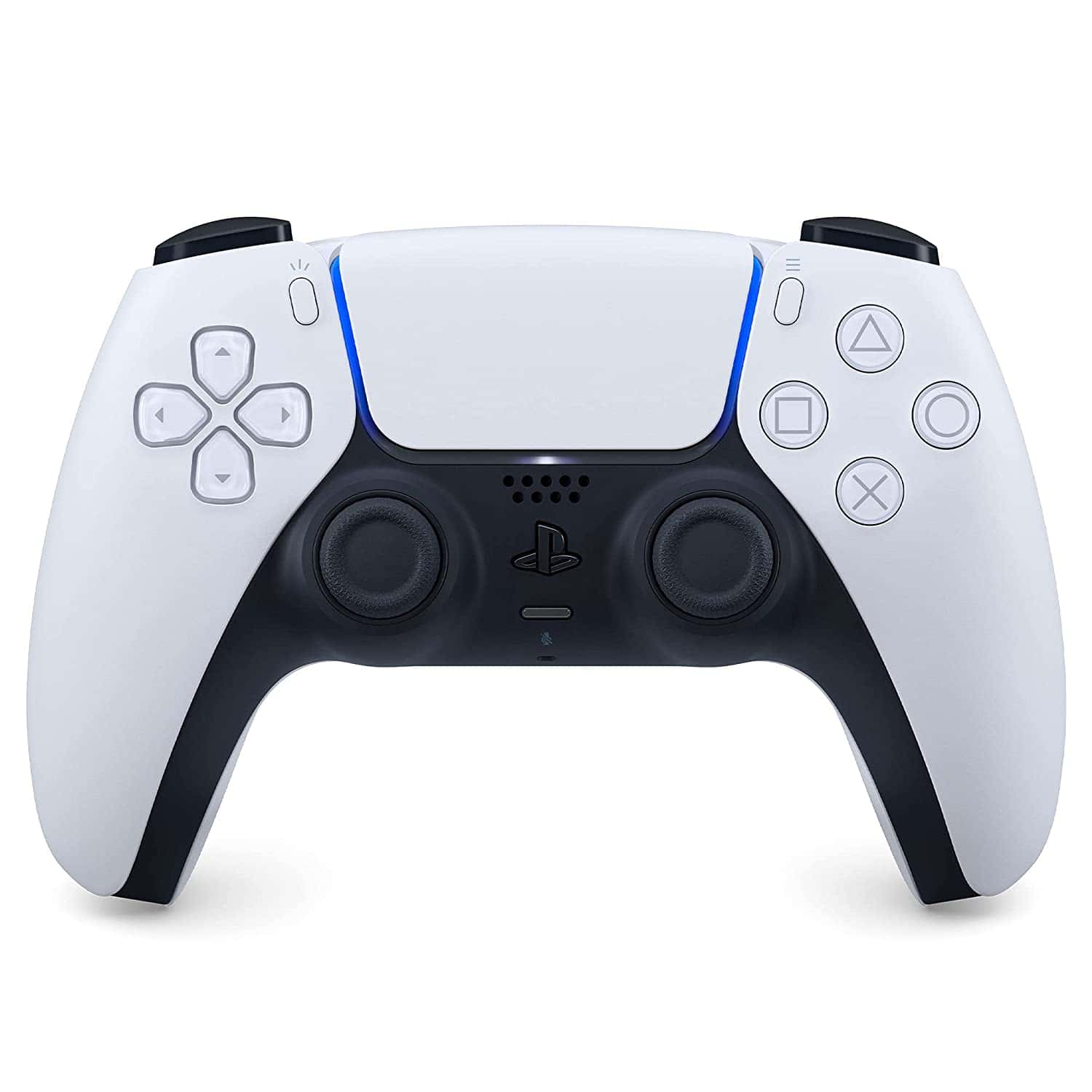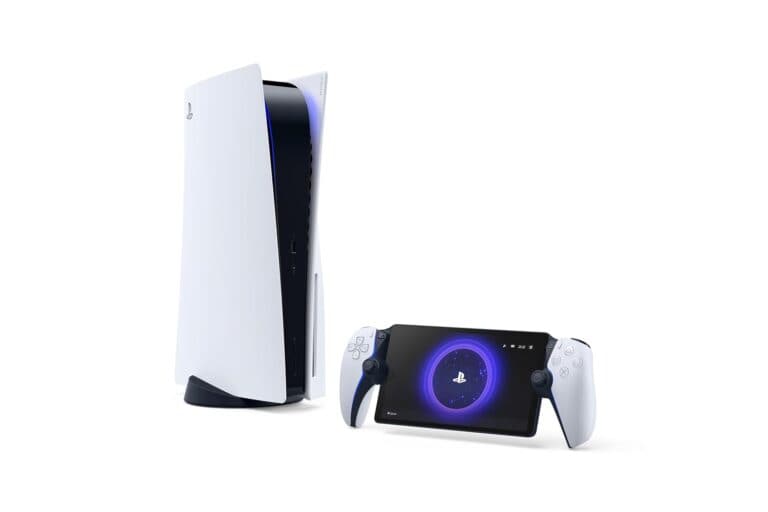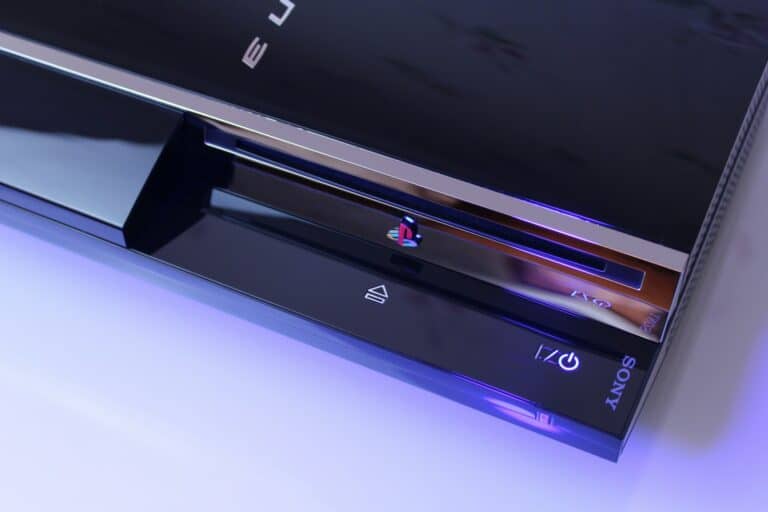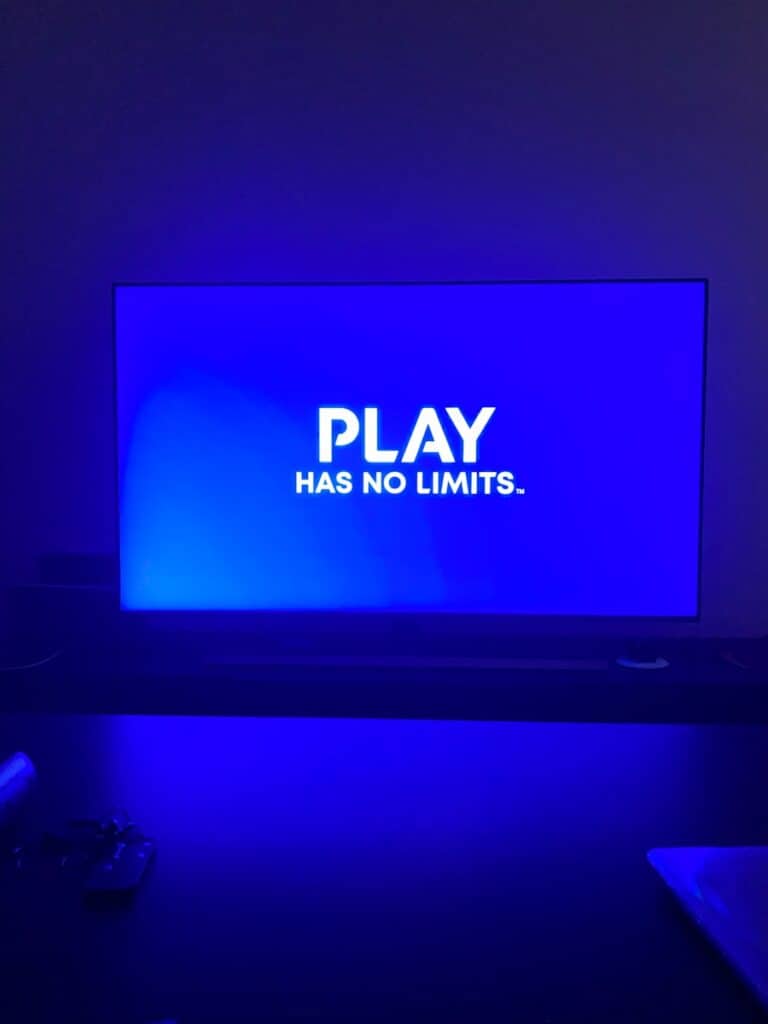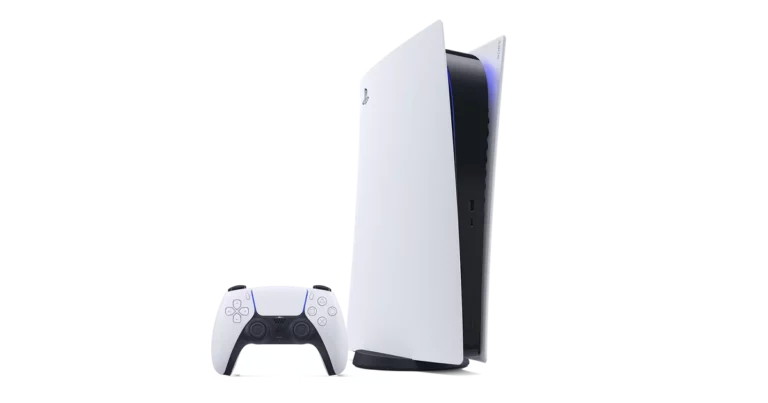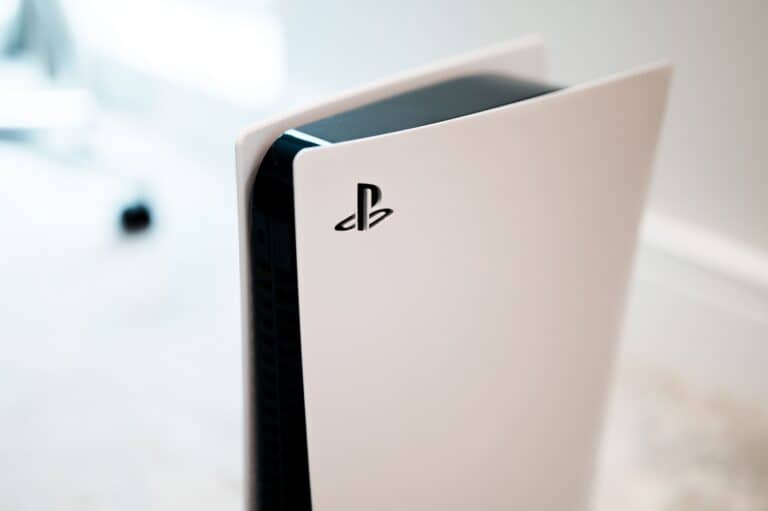Is your PS5 controller refusing to charge? Don’t panic! There are several potential causes and solutions for this common issue. By following these troubleshooting steps, you can often resolve the problem yourself and get back to gaming quickly.
⚠️ Symptoms
If your PS5 controller (DualSense or DualSense Edge) isn’t charging, don’t worry — this is a common issue that can usually be fixed with a few simple steps.
- Controller doesn’t charge when plugged in
- Orange light doesn’t appear or blinks briefly then turns off
- Controller only charges when plugged into certain ports
- Controller disconnects frequently when charging
🧩 Common Causes
- Faulty USB cable – Damaged or non-certified cables can prevent proper charging.
- Dirty or damaged charging port – Dust or bent pins inside the USB-C port.
- Power source issue – Weak or incompatible power output from a dock, console, or wall adapter.
- Firmware glitch – Software bug preventing charging or power detection.
- Battery degradation – Over time, the internal lithium battery may lose capacity.
- Controller hardware fault – Internal board or charging circuit failure.
🧰 Step-by-Step Troubleshooting
1. Check the USB Cable
- Use the official Sony USB-C cable that came with your PS5.
- Try another high-quality, data-capable USB-C cable (some cheap ones are charge-only or underpowered).
- Test the cable with another device (e.g., smartphone) to confirm it’s working.
2. Test Different Power Sources
- Plug the controller directly into the PS5 console (front or back USB port).
- Try a different USB port or a wall adapter rated at least 5V/1.5A.
- Avoid low-power USB hubs or TV USB ports — they often don’t supply enough current.
3. Inspect and Clean the Charging Port
- Shine a flashlight into the controller’s USB-C port.
- Look for dust, lint, or bent pins.
- Clean gently using a soft brush, toothpick, or compressed air.
- If pins are bent or damaged, professional repair may be required.
4. Reset the Controller
- Turn off your PS5.
- Use a paperclip to press the small reset button on the back of the controller for 5 seconds.
- Reconnect the controller via USB and press the PS button to re-pair it.
This resets the controller’s internal power management and can fix charging bugs.
5. Update the Controller Firmware
- Connect your controller to the PS5 via USB.
- Go to Settings → Accessories → Controller (General) → DualSense Wireless Controller Device Software.
- Select Update if available.
Firmware updates often fix charging and battery detection issues (source: Lifewire).
6. Try the Charging Station (if available)
If you use the official DualSense Charging Station, make sure:
- The controller clicks firmly into place.
- The LED indicator lights on the station turn orange.
- Try a different power outlet or adapter for the dock.
7. Check for Battery or Hardware Issues
If the controller still won’t charge:
- The battery may be dead or disconnected internally.
- The charging circuit could be damaged from power surges or drops.
- In this case, contact Sony Support or a professional repair service.
🧾 Quick Reference Table
| Problem | Possible Cause | Solution | Tools Needed |
|---|---|---|---|
| No charging light | Faulty cable or port | Try new cable, clean port, test power source | USB-C cable, flashlight |
| Charges intermittently | Loose connection or dirt | Clean port, ensure snug fit | Compressed air, brush |
| Doesn’t charge via dock | Misalignment or bad adapter | Reseat controller, try new adapter | None |
| Controller won’t power on | Dead battery or firmware bug | Reset controller, update firmware | Paperclip |
| Still not charging | Hardware failure | Contact Sony or repair shop | None |
🧠 Additional Tips
- Always power off your PS5 before unplugging the controller to prevent firmware glitches.
- Avoid using cheap third-party charging docks — some can damage the controller’s charging pins.
- Store controllers in a cool, dry place to preserve battery life.
- If your controller gets very hot while charging, unplug it immediately.
🧩 When to Seek Professional Help
If your DualSense or DualSense Edge:
- Doesn’t charge even with a verified cable and power source
- Has bent or broken USB-C pins
- Shows no LED activity at all
→ It likely needs battery or port replacement.
Sony offers repairs under warranty, or you can visit an authorized service center.
Troubleshooting Your PS5 Controller Charging Issues
Possible Causes
A PS5 controller may not charge due to several reasons:
- Faulty Cable: The charging cable might be damaged or not properly connected.
- Dust or Debris: Dirt in the charging port can prevent a good connection.
- Console Settings: The PS5 might not be configured to charge controllers in rest mode.
- Controller Firmware: Outdated firmware could cause charging problems.
- Hardware Issues: There might be a problem with the controller’s battery or charging port.
Troubleshooting Steps
- Check the Cable: Ensure the cable is securely plugged into both the controller and the console. Try a different cable if possible.
- Inspect the Ports: Clean the charging port on both the controller and the console using a can of compressed air or a soft brush.
- Adjust Console Settings: Go to Settings > System > Power Saving > Features Available in Rest Mode and enable “Supply Power to USB Ports.”
- Update Controller Firmware: Connect the controller to the PS5 with a cable and check for updates in Settings > Accessories > Controllers.
- Reset the Controller: Locate the small reset button on the back of the controller and press it with a pin for a few seconds.
Additional Tips
- Try Different USB Ports: If using the front USB ports, try the ones on the back of the console.
- Hard Reset the PS5: Turn off the console, unplug it for a few minutes, then plug it back in and turn it on.
- Contact PlayStation Support: If none of the above solutions work, contact PlayStation support for further assistance or possible repair/replacement.
| Problem | Possible Solutions |
|---|---|
| Faulty Cable | Use a different cable. Ensure a secure connection. |
| Dirty Ports | Clean the charging ports with compressed air or a soft brush. |
| Console Settings | Enable “Supply Power to USB Ports” in Rest Mode settings. |
| Outdated Firmware | Update the controller firmware through the PS5 settings. |
| Hardware Issues | Reset the controller. If the problem persists, contact PlayStation support. |
Understanding PS5 Controller Charging Issues
When a PS5 controller won’t charge, it’s often an issue with power sources, settings, or hardware components. Pinpointing the exact cause is key to finding a solution.
Identifying Common Issues
Common charging issues include an unresponsive light bar, which indicates a lack of power reaching the controller. It could be due to intermittent faults within the internal wiring or ports, preventing the controller from charging fully.
Evaluating Power Sources
Always check the power source first. The PS5 console USB ports, wall chargers, and charging docks can all affect charging. Ensure they deliver sufficient and stable power for your DualSense controller.
Exploring Firmware and Software Aspects
Sometimes, a software issue could be the culprit. A pending firmware update on the PS5 system software can resolve certain charging problems related to software glitches or settings.
Inspecting Controller Hardware
The charging port on the controller should be free from debris. Use compressed air to clean the port. Also, check for any visible damage that could lead to an internal fault.
Learning About Battery Management
The PS5 DualSense has an internal battery. Poor battery management, like letting the battery drain completely, can reduce its ability to hold a charge. Navigate the control center to check battery levels and adjust power saving settings accordingly.
Considering Console Connectivity
Console issues might affect charging. The PS5 should pair and sync with the controller, which might be interrupted by Bluetooth accessories. Ensure the console’s settings are configured correctly for stable connectivity.
Looking Into USB-C Connectivity
A proper charging connection requires a functional USB-C cable. Prefer using a high-quality Type-C to Type-C USB cable. Secure connections on both the controller and the charging source are crucial.
Recognizing External Factors
External factors, such as the use of third-party charging stations or USB charging docks, can impact charging efficiency. Stick to licensed peripherals designed for the PS5 to ensure compatibility and safety.
Troubleshooting PS5 Controller Charging Problems
When your PS5 controller won’t charge, it can be both annoying and confusing. This section provides a list of steps to identify and fix the issue.
Step-by-Step Troubleshooting Procedures
First, ensure the controller’s battery icon isn’t just slow to update by giving it some time. If the problem persists, check that the console isn’t in rest mode, which can affect charging. Verify that firmware updates are completed as these can impact the controller’s ability to charge.
Resetting and Pairing the Controller
Sometimes, the issue can be solved by resetting the controller. Using a small tool, push the button inside the tiny hole on the back of the controller. After resetting, you’ll need to sync the controller with the console again. This can get things back to normal.
Assessing and Replacing Chargers and Cables
Ensure that the USB charging cable isn’t damaged. Try using a different USB cable or charger to determine if that’s where the fault lies. Cables can wear out, so replacing them might be necessary.
Contacting Support and Understanding Warranty
If these steps don’t resolve the issue, contact PlayStation customer support. They can provide guidance and let you know if your controller is still under warranty for a potential replacement.
Cleaning and Maintenance Tips
The charging port can gather dust and debris. Gently clean it with a cotton swab or use compressed air to blow out any blockages. Avoid using any liquids that can cause damage.
Seeking Professional Repairs
When all else fails, it might be a deeper hardware malfunction. Consider taking the controller to a professional repair service, especially if it’s no longer under warranty and you’re not comfortable tinkering with electronics yourself.
Enhancing PS5 Controller and Console Experience
Gaming on the PS5 is more than just play; it’s about getting the most out of your gear. By tweaking controller settings and managing your console’s energy use, you can ensure your gaming sessions run smoothly.
Optimizing Controller Settings
Adjusting controller settings can extend battery life and improve your gaming experience. Dimming the controller’s light bar and reducing vibration intensity are simple changes that have a big impact. To adjust these:
- Go to Settings > Accessories > Controllers.
- Modify Brightness of Controller Indicators and Vibration Intensity as preferred.
Adjustments here help maintain battery level during long gaming sessions.
Managing Console’s Power Settings
Your PS5 console has power saving settings that affect how your controllers charge. Navigate to:
- Settings > System > Power Saving.
- Set Features Available in Rest Mode to ensure Power Supply to USB Ports is active for at least 3 hours or set to ‘Always’.
This ensures your controller charges even when the console is in rest mode.
Exploring Accessory Enhancements
The DualSense charging station optimizes charging and frees up USB ports on the console. It’s a dedicated alternative, providing a secure place to store and charge controllers, guaranteeing they’re ready when you are.
Upgrading Firmware Regularly
Keeping the firmware on your DualSense controller up to date ensures optimal performance. Updates often include improvements and fixes for known issues. For updates:
- Connect the controller to your PS5.
- Follow the on-screen prompts when a firmware update is available.
Regular updates keep the controller’s software fresh and often solve charging-related issues without needing customer support.
Engaging With the Gaming Community
Joining forums and community groups can help you discover new solutions for common issues. Other gamers often share their experiences with PS5 system software and accessories, providing real-world insights and fixes that may not be widely known yet.
Frequently Asked Questions
When you encounter issues with your PS5 controller’s charging, it can be due to various factors from cable issues to console settings. Below are targeted questions and answers that tackle the most common problems and their solutions.
How can I fix a PS5 controller that isn’t charging or turning on?
If your PS5 controller won’t charge or turn on, first ensure the cable and charging port are not damaged. Try charging with a different cable and power source or reset the controller by pressing the reset button on the back with a pin.
What could be the reason my PS5 controller isn’t charging, and there’s no light indicator?
A lack of a light indicator usually means a power issue. Check the integrity of the charging cable and port, and try a different USB port on the console. If the problem persists, the battery or internal hardware might need checking.
What should I do if my PS5 controller is not charging when connected to a PC?
Ensure the PC’s USB port provides enough power for charging the PS5 controller, as not all ports do. You can also try different ports or a direct charge from the console to rule out any potential port issues.
Why isn’t my PS5 controller charging with a USB-C cable?
An incompatible or faulty USB-C cable might be the culprit. Make sure to use a cable that supports charging capabilities. Some USB-C cables are designed for data transfer only.
How can I troubleshoot my PS5 controller not charging while I’m playing?
First, check if the controller’s battery levels are displayed correctly. Adjusting the controller’s settings to stay on when plugged in might help. If the issue continues, consider trying a different cable that’s not worn out.
What steps can I take if my PS5 controller won’t charge in rest mode?
Verify your PS5’s power save settings to ensure that USB ports remain powered during rest mode. This setting can be adjusted under the system’s power save menus. Also, confirm that the controller is properly connected to the console.

